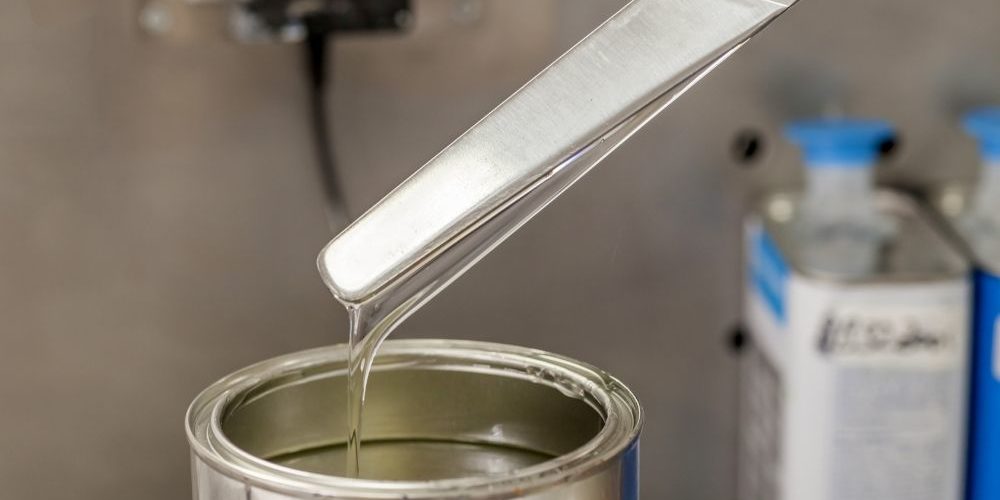Amino resins are versatile adhesives used in a variety of industries. There are two types of amino resins: solvent-based and water-based. Each type has unique properties that make it better suited for certain applications. Here, we will take a closer look at the difference between solvent- and water-based amino resins.
Difference Based on Application
Solvent-based resins are generally more popular in the adhesives industry because they offer increased flexibility. In contrast, water-based resins tend to be more common in the sealant industry for their high strength and resistance to chemicals.
Both solvent-based and water-based amino resins consist of melamine, urea, and formaldehyde. Both begin as a powder mixed with water and heated to form a solution or resin. The difference between solvent-based and water-based amino resins comes from the different solvents used in each. In other words, solvent-based resins use organic solvents while water-based resins use water.
Difference Based on Strength
The type of solvent used in the amino resin influences its strength. Solvent-based resins are known for their high strength, while water-based resins are typically stronger than other water-based adhesives, such as PVA and hot glue, but not as strong as solvent-based, such as silicone or epoxy. Since solvent-based resins use organic solvents, they are less prone to water breakdown. On the other hand, water-based resins are more sensitive to water, making them ideal for applications where exposure to moisture is likely.
Difference Based on How They Are Produced
Solvent-based amino resins are created through a free radical reaction that entails combining a resin and a catalyst for between 1 and 72 hours. The free radicals generated from mixing the ingredients cause additional molecules to chemically bond together in a chain reaction that continues even after all the ingredients have been consumed.
Water-based amino resins are created through a condensation reaction that occurs when molecules combine to form larger molecules with the loss of small molecule fragments. Water-based resins ferment over time, giving them a less than ideal shelf life, so they must be used quickly once they are produced.
Difference Based on Shelf Life
The shelf life of solvent-based and water-based amino resins varies greatly. Solvent-based amino resins typically have longer shelf lives than water-based resins, but this depends on the specific resin’s grade and producer. Typically, solvent-based resins can be stored up to two years before they begin to suffer from discoloration and degradation. Water-based amino resins typically have a shelf life of 8 to 12 weeks.
The difference between solvent- and water-based amino resins may be based on the type of solvent used in production, how long it can be stored before degradation begins, appearance, and strength.
Capital Resin is one of the most trusted melamine resin manufacturers in the industry. If you’re looking for a chemical manufacturing partner who values quality as much as you do, contact Capital Resin today. Equipped with years of experience, impeccable customer service, and a dedication to safety, Capital Resin is a clear choice.







